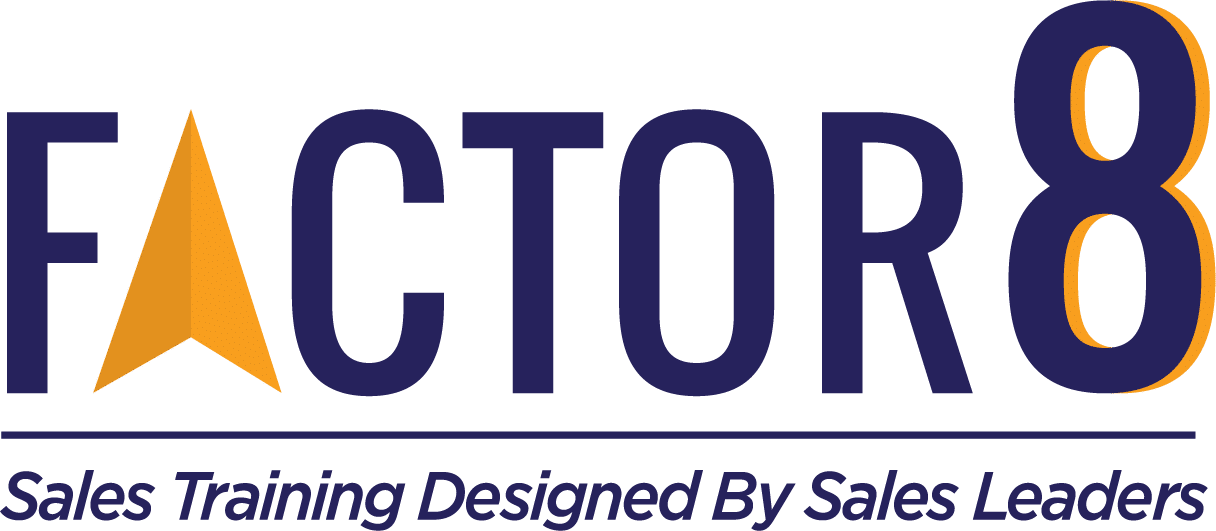Mastering the Transition from Field to Virtual Selling [“Sales Shot” Workshop]
Mastering the Transition from Field to Virtual Selling
[“Sales Shot” Workshop]
TRANSITIONING FROM FIELD TO VIRTUAL SELLING
Virtual and hybrid work practices are here to stay now which means it’s time to brush up on some new virtual selling skills.
Listen, you’re gold at the in-person presentation, but you’ll need these phone sales tips and tricks to GET the meeting. In this session, you’ll learn how to leave a better voicemail and ensure it’s returned, how often you should call a prospect, the best days/times to call, how to avoid the brush-off, how to find new contacts and reach the decision-maker, and more!
This session is ideal for field sellers who are now selling virtually, as well as sales reps in manufacturing, logistics, pharmaceuticals, healthcare, or other traditionally face-to-face industries.
Watch the video replay!
TRANSITIONING FROM FIELD TO VIRTUAL SELLING
Virtual and hybrid work practices are here to stay now which means it’s time to brush up on some new virtual selling skills.
Listen, you’re gold at the in-person presentation, but you’ll need these phone sales tips and tricks to GET the meeting. In this session, you’ll learn how to leave a better voicemail and ensure it’s returned, how often you should call a prospect, the best days/times to call, how to avoid the brush-off, how to find new contacts and reach the decision-maker, and more!
This session is ideal for field sellers who are now selling virtually, as well as sales reps in manufacturing, logistics, pharmaceuticals, healthcare, or other traditionally face-to-face industries.






